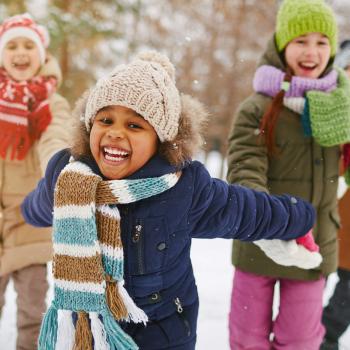It's Winter in the Northern Hemisphere!

Event Description
The onset of winter weather varies from year to year and from place to place, but December 21, the winter solstice, is considered the first official day of winter. The winter solstice marks the shortest day of the year. The days get longer as winter progresses. In the Northern Hemisphere, it also marks the day when the sun is furthest to the south.
Classroom Activity
Winter has long been immortalized in art, poetry, and song. For many of us, winter makes us think of frolicking on snowy days and reading by the fire on cold nights-even if we live in a warm place where it never snows! Brainstorm with your students about the words and images that come to mind when they think of winter. How do these words and images compare to their own experiences with winter weather? Have students select and read a picture book about winter. How do the words and images in the book compare to the list they brainstormed and to their own experiences? Students can use the interactive Venn Diagram to make the comparison.
As students read, ask them to look for examples of winter activities that the characters do with their families or friends. Were there any winter traditions on the list students brainstormed? Challenge your students to celebrate what winter means to them by starting their own tradition on the first day of winter. Students can use the interactive Postcard Creator to write to family and friends, inviting them to participate in the new tradition.
Websites
This page from American Memory at the Library of Congress celebrates the winter solstice through images and anecdotes of winters past, drawn from American literature and folk history.
This National Geographic News article discusses the winter solstice and ancient celebrations associated with it.
Reading Rockets provides this annotated list of books about winter for children.
While snowy weather can be fun, severe winter storms can be dangerous. Scholastic offers this resource featuring information about winter storms, eyewitness accounts of winter storms, and associated vocabulary.